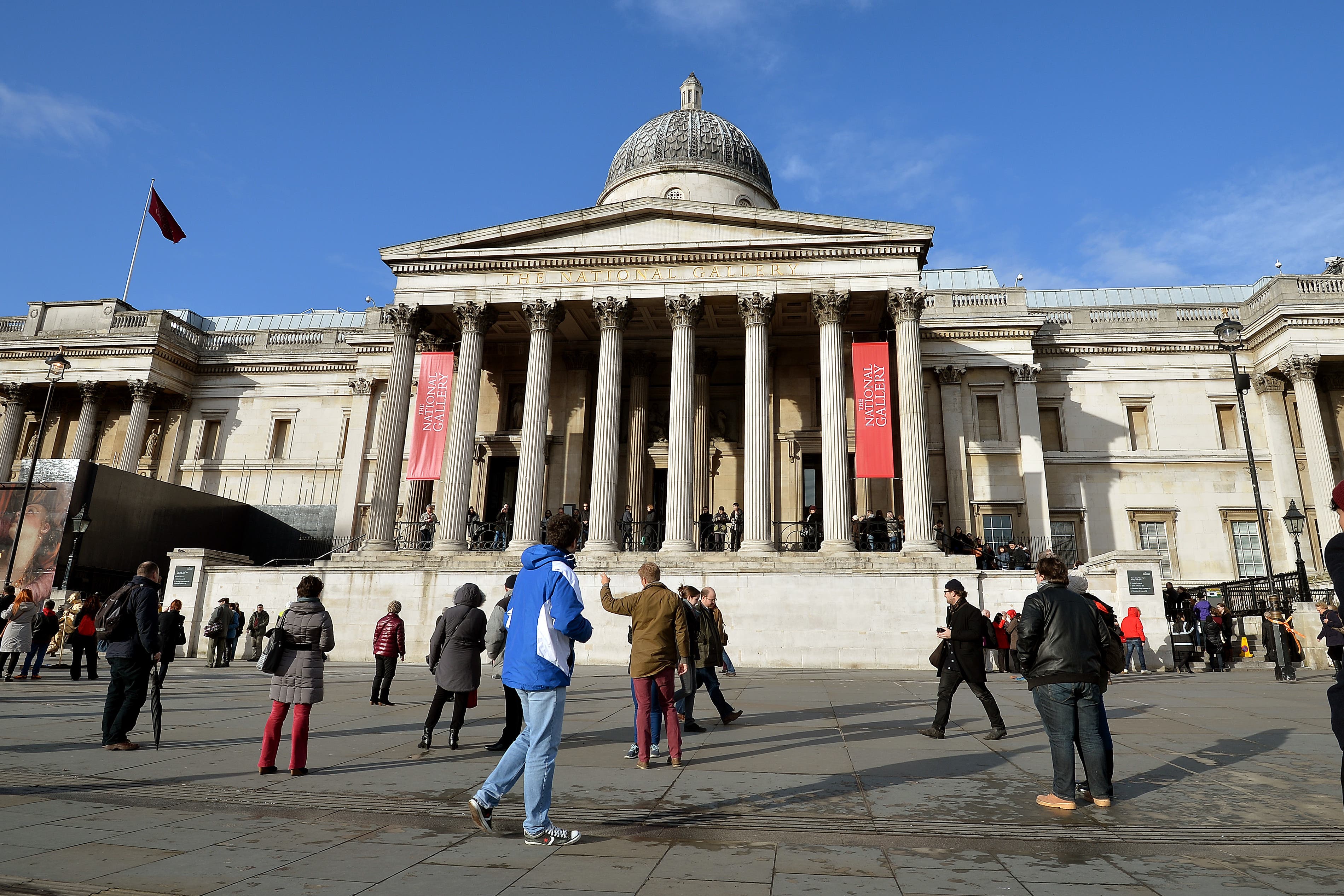ARTICLE AD BOX
The National Gallery has spent more than £16m on a mysterious painting – despite not knowing who the artist is.
The 16th-century altarpiece – which has not been exhibited in over 60 years – was bought by the gallery from a private collection for £16.4m, making it one of the largest ever purchases for the national collection.
But a panel of experts were unable to agree on the identity of the artist, and the gallery now hopes further research will solve the “conundrum” of its origin.
Dating from about 1510, the painting depicts a virgin and child at its centre, with two saints, two playful angels, a naughty child and a “magnificent slobbering dragon”.
The painting was described as “outstanding importance” by the National Gallery - though basic facts such as whether the painter was French or Netherlandish - which refers to 15th and 16th century art from the Low Countries, now modern-day Belgium, Netherlands, and parts of France and Germany - is still up for debate.

Emma Capron, curator of Early Netherlandish and German paintings at the National Gallery, said: “This is a rare and exciting addition to the National Gallery’s superb collection of Early Netherlandish Paintings.
“This altarpiece is the work of a talented and highly original artist, and I hope that ongoing research and the painting’s public display will help solve this conundrum in the future.”
The picture is the latest acquisition of the gallery which is celebrating its 200th anniversary, and will go on public display for the first time since 1960 on May 10.
'The Virgin and Child with Saints Louis and Margaret' served as an altarpiece, probably for the urban priory of Drongen in Ghent, modern Belgium.
Though the painting was first documented in 1602, tests on the painting’s panel revealed it derived from an oak tree which was felled around 1483.

The painting is full of “wildly inventive” details, the gallery said, including the “humorous” addition of an “unruly child showing us his behind on the top right capital”.
Other more sombre details include bare wooden steps and nail heads, believed to be foretelling Christ’s crucifixion.
The gallery said: “With its lack of artist attribution, this painting challenges art historians’ tendency to focus on names and demonstrates that for the late medieval and Renaissance periods, anonymity can intersect with extraordinary quality.”
The gallery bought the piece, which had been exempted from capital taxes, in a deal arranged by Sotheby’s for the “special price of £16.4 million” with the support of the American Friends of the National Gallery London.
The gallery did not specify who the previous owners were, but Art Newspaper reported that it was until recently kept in Dorset, on the Lulworth Estate, home of the Weld family.
It was previously sold by a descendant of the family of Henry Blundell, who died in 1810 and is believed to have bought it from Ghent itself by 1803.









 English (US) ·
English (US) ·